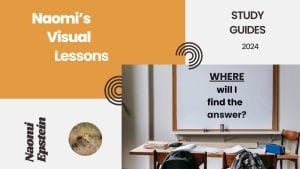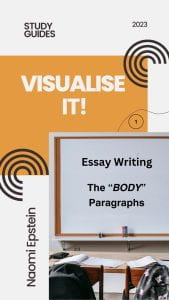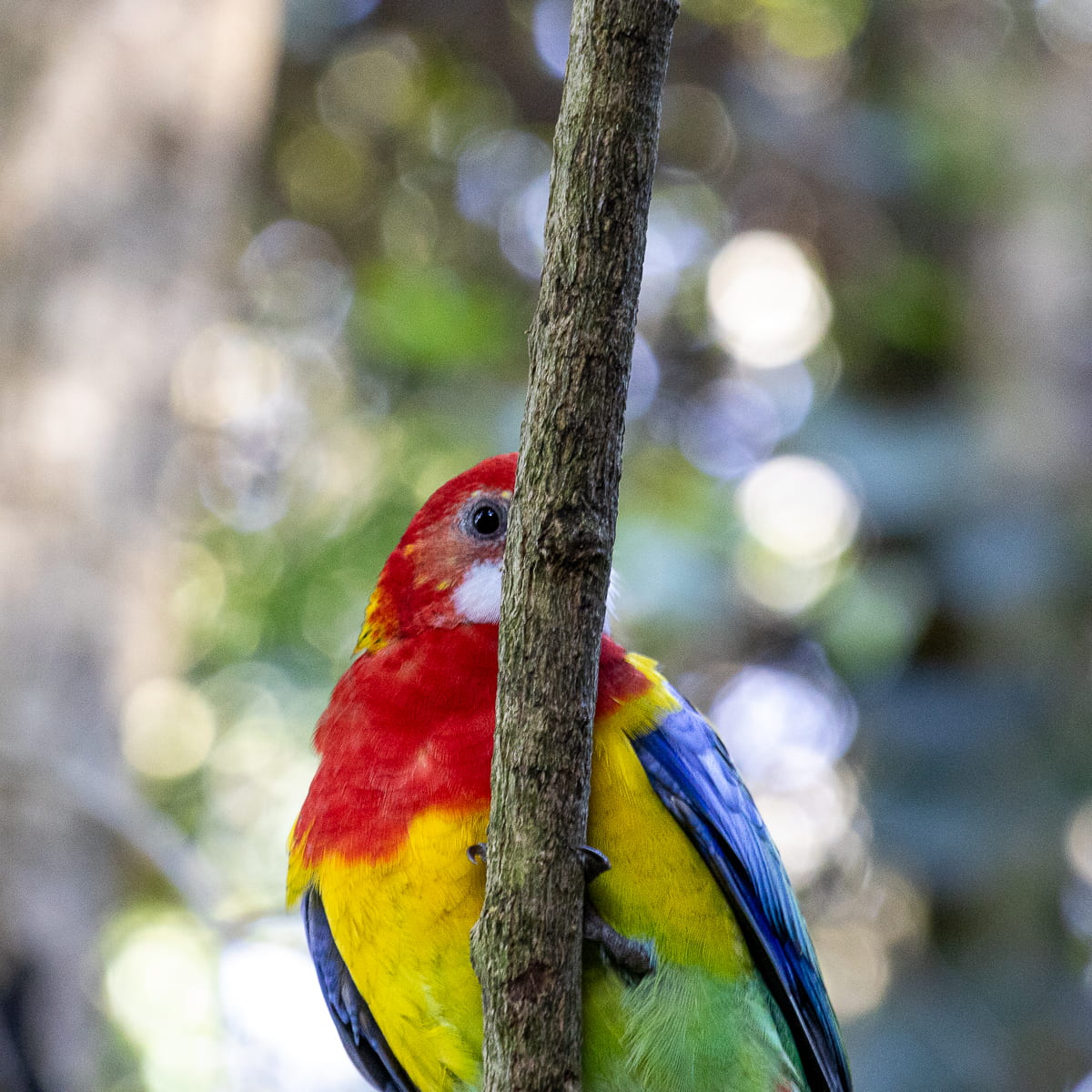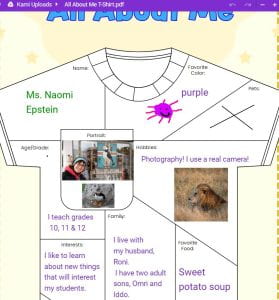
Remember that story about the hare and the tortoise?
I usually dislike that story in the context of an EFL classroom, since it often doesn’t reflect reality.
However, when it comes to taking reading comprehension exams, particularly those including multiple-choice type questions, the students who behave like tortoises (“slow and steady) generally avoid the “Look-Alike” traps, even if they are weaker students than some of the “hares”.
Who are the “hares” that so blithely choose an answer to a multiple-choice question just because it includes words that appear in the relevant part of the text?
- smart, over-confident students who are fooled by how easily they understand the text and barely read the questions
- students whose top priority is their social status – leaving the exam room as quickly as possible, perhaps coughing loudly as they exit so that everyone will see…
- students who think they have mastered all the tricks to taking reading comprehension exams without actually reading the text
I’m sure you know students who behave in this manner!

On my journey to review decades’ worth of materials that have served me well, and then renew them by turning them into Visual Lessons ( = See/ Listen / Read) on my YouTube channel, I found that I could not link my beloved worksheet to the latest video lesson: The “Look-Alike” Trap
The worksheet is simply not designed for self-study, and cannot be self-checked. That format worked well for the Visual Lesson on “Where will the Answer Be”
In short – while the students will find the video lesson designed for clarity and self-study, they need a teacher to benefit from the worksheet. Which is why I am offering it to the readers of this blog.
On the worksheet, the teacher and the students examine eight sentences, which I have modified from actual national exams (I had to modify the sentences to make them clear when being read out of context) and corresponding incorrect answers chosen by unknown students who had forgotten about the “look-alike traps”. The teacher supplies any glosses for vocabulary items, as needed. The students lead the activity.
I have found that almost all of my students were able to explain why the distractor chosen was incorrect, as they were focused on the challenge of outsmarting whoever set the traps. They felt empowered!
**** That’s why I used the image of a trap – the students respond to that!
Naturally, many of my students claim, while doing the worksheet they would never fall into such a trap….
Eh… Hmm…
Here is the Visual Lesson:
Here is the worksheet I used. The downloadable document contains two versions – one with the “critical” words underlined, and the other with no hints whatsoever. I used the version without any words underlined.
***Remember – this is not a worksheet for self-study. It is the discussion that matters!




























